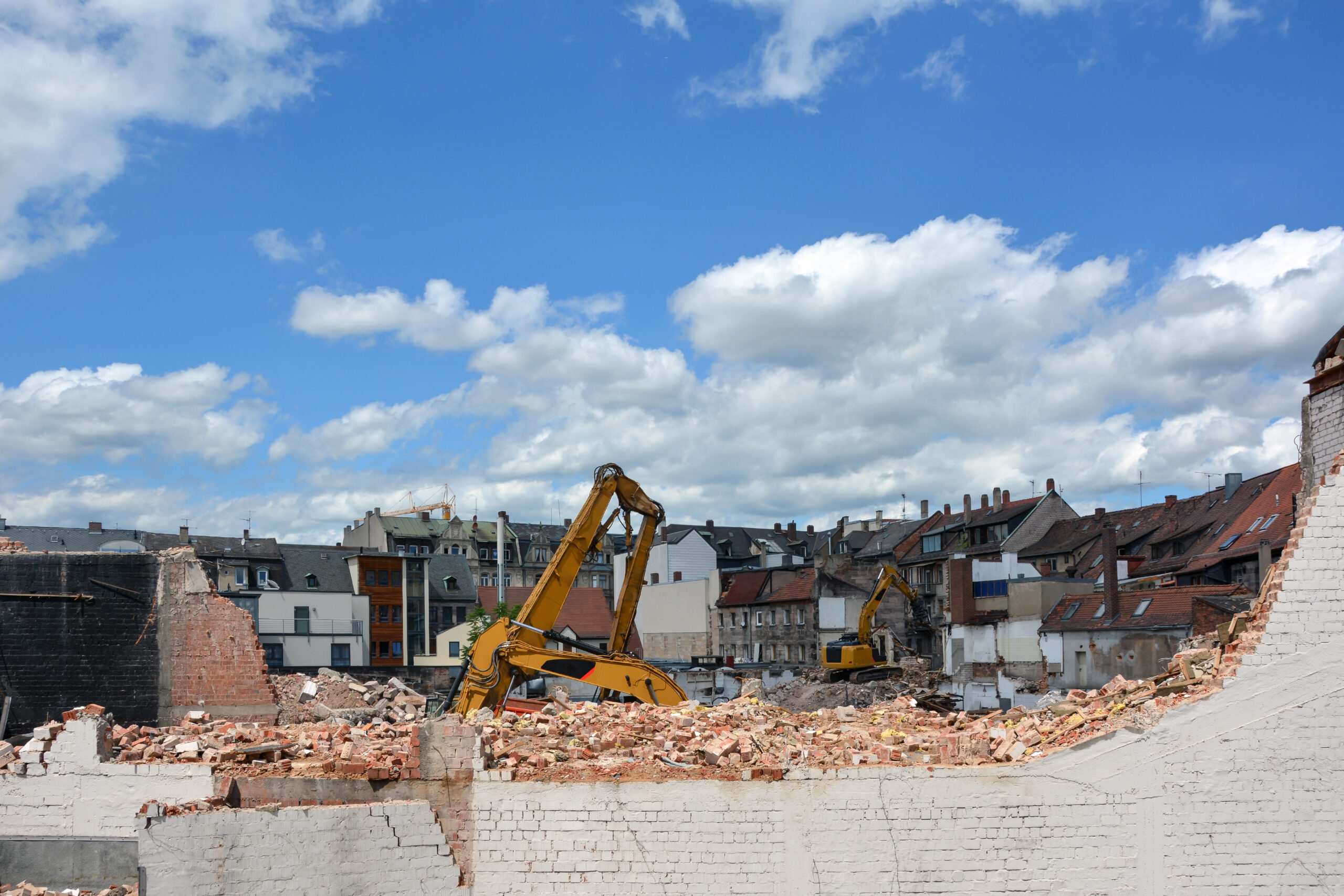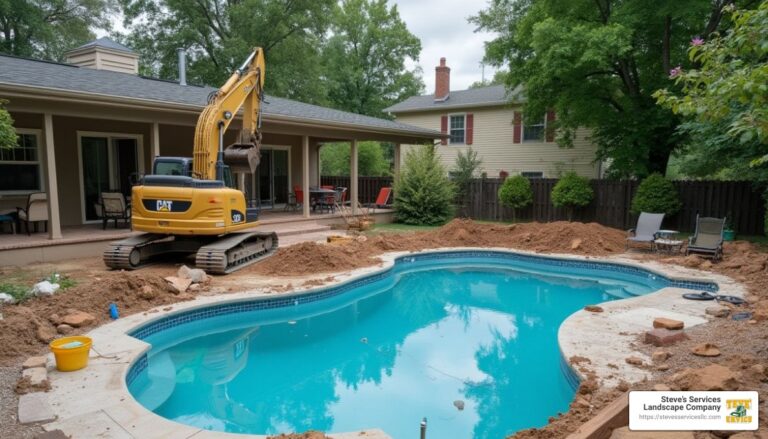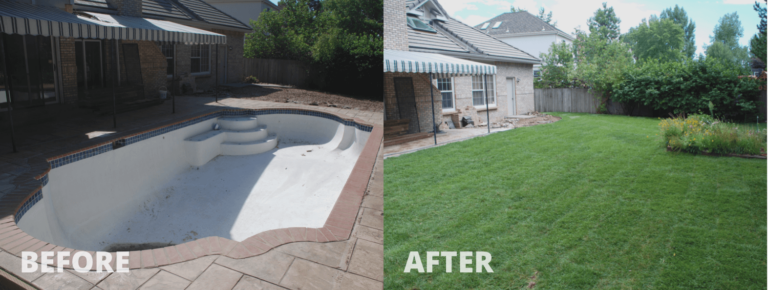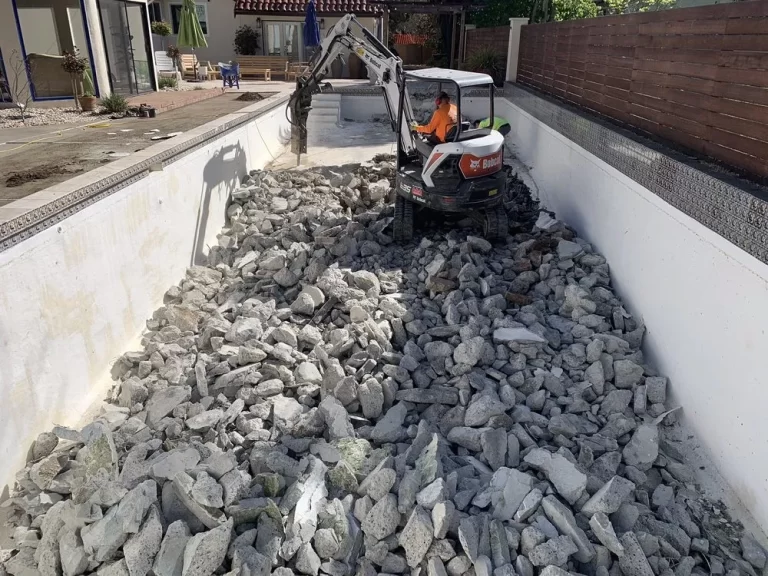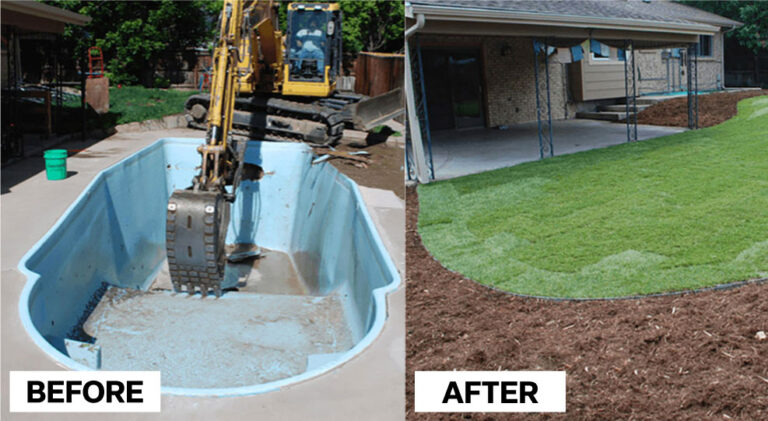Benefits of Pool Removal: Enhancing Your Property and Lifestyle
Swimming pools can undoubtedly be a luxurious addition to any property, providing a refreshing oasis during hot summer months. However, as homeowners’ needs and preferences change over time, some may find that their once-beloved pool is no longer a practical or desirable feature. In such cases, pool removal offers several benefits that are worth considering.
One of the key advantages of removing a swimming pool is the potential for significant cost savings. While pools can be expensive to maintain, involving regular cleaning, chemical treatment, and equipment upkeep, removing a pool can free up a homeowner’s budget for other essential home improvements or investments. Additionally, lower utility costs can be observed in the absence of an operational pool.
Another benefit of pool removal is the increase in usable backyard space. This can open up opportunities for homeowners to engage in a plethora of landscaping projects or even the construction of additional living spaces, such as patios and decks. With the backyard freed from pool constraints, individuals can fully explore their creative potential, transforming their outdoor area into a personalized haven that caters to their evolving preferences.
Advantages of Pool Removal
Maximizing Yard Functionality
Pool removal can lead to increased yard space which enables homeowners to utilize the area for other purposes. This provides opportunities for creative landscaping such as adding a garden or play areas for children, which ultimately enhances the yard’s functionality. For instance, families may opt for installing a gazebo, fire pit, or even adding more greenery to create a more relaxing and enjoyable outdoor space.
Security Enhancement
Removing a pool can enhance safety for homeowners, especially for families with small children and pets. Pools can pose safety hazards, as accidents can occur even with the use of safety covers, fences, or other equipment in place. By eliminating the pool, the risk of drowning and other pool-related accidents is significantly reduced, providing peace of mind for homeowners.
Financial Considerations
Maintenance and safety costs are often a major concern for homeowners with swimming pools. These expenses can be quite costly and include cleaning, chemical treatments, equipment maintenance, and energy bills. Moreover, pool owners often need to invest in safety equipment and possibly additional insurance coverage.
By opting for pool removal, homeowners can save on these maintenance costs and allocate these savings to other investments or home improvements. In many cases, removing the pool can also positively impact the property value and improve resale prospects. This is especially true in situations where potential buyers are hesitant to assume the responsibility and costs of pool ownership.
In summary, the decision to remove a pool can offer numerous advantages, such as maximizing yard functionality, enhancing security, and providing financial benefits. Each homeowner should carefully weigh these factors to determine if pool removal is the right choice for their particular situation.
The Pool Removal Process
The pool removal process starts with hiring a pool demolition contractor who is well-versed in local regulations and can help obtain the necessary permits. They will also have the required equipment and workforce to efficiently carry out the job.
Inground pool removal and above ground pool removal follow slightly different procedures. Here are the key steps in each process:
Inground Pool Removal
- Obtain permits: Before starting the pool demolition, you must acquire the necessary permits from the local authority to comply with all local regulations.
- Drain the pool: Depending on the pool type, water must be pumped out before demolition can begin.
- Demolition: The contractor will use specialized equipment such as jackhammers or excavators to break apart your swimming pool.
- Disposal: The broken concrete, liner, and other debris from the demolition are hauled away to an appropriate disposal area.
- Filling and compacting: The hole where the pool once was will be filled in and compacted with the right type of fill material to eliminate settling issues.
- Final grading: The area will be graded and prepared for landscaping, patios, or other projects.
Types of Inground Pool Removal:
- Complete pool removal: Entire pool structure is removed, and the hole is filled and compacted.
- Partial pool removal: Only some parts of the pool are removed, and the remaining structure is punctured or collapsed, then filled and compacted.
Above Ground Pool Removal
- Drain the pool: Remove all water from the pool using a pump or siphoning hose.
- Disassembly: Dismantle the pool structure, including the support system, liner, and other components.
- Disposal: The pool debris and materials will be safely disposed of, in compliance with local regulations.
- Land reclamation: The area once occupied by the pool will be prepared for grass, landscaping, or other uses.
By understanding the pool removal process and requirements for both inground and above ground pools, property owners can approach the project with confidence, knowledge, and a clear understanding of the steps involved. Hiring an experienced pool demolition contractor is crucial to ensure a smooth, efficient, and safe process throughout.

